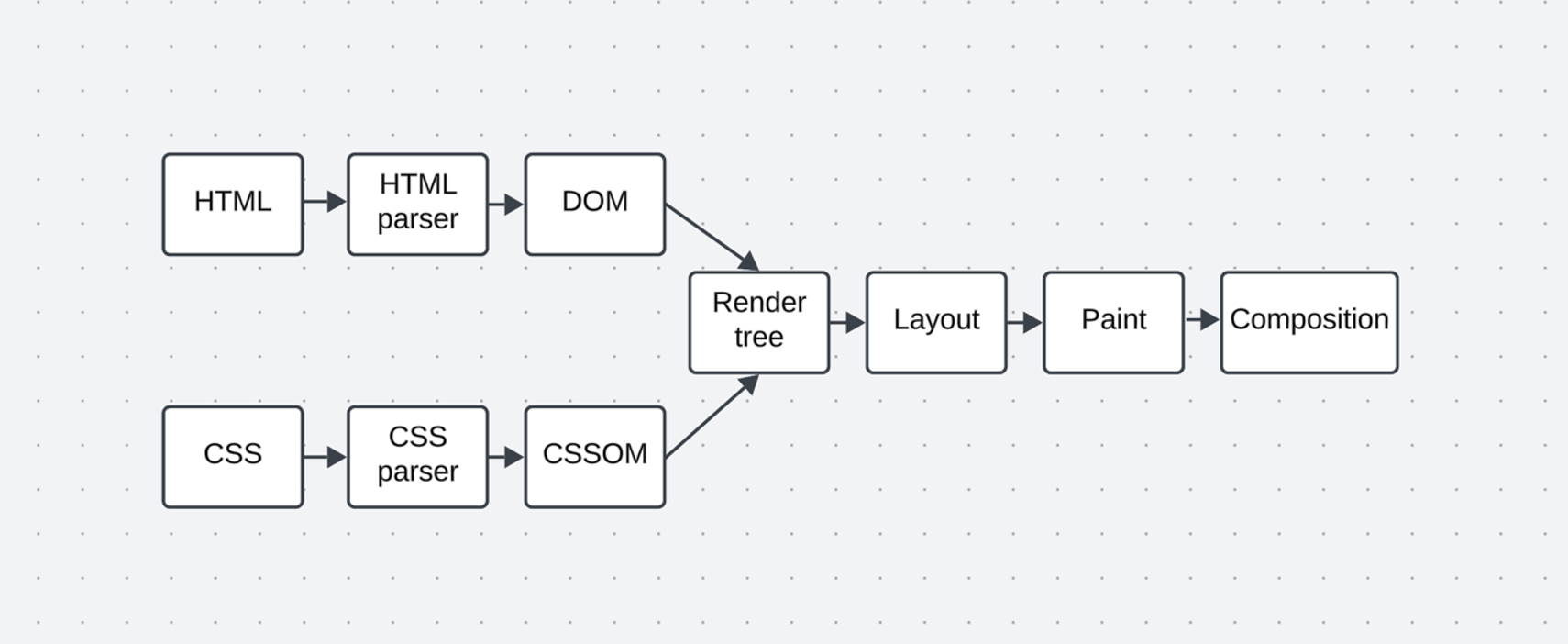
Topic: SEO
Nowadays Single-Page Appications (SPAs) are prevalent in competitive industries like Fintech and SaaS, where real-time interactivity, dynamic content updates, and smooth user experiences are essential. At the same time SPAs are often considered less SEO-friendly due to their reliance on JavaScript, which can hinder content visibility on search engine result pages (SERPs). Let’s examine SEO implications of SPAs, what is the role of rendering here, and strategies to optimize it for better rankings.
Understanding Single-Page Applications
Before diving into the SEO challenges, it’s essential to understand what SPAs are. A single-page application is a web application or website that dynamically updates the content on a single web page, instead of loading new pages from the server for each user interaction. This design approach creates a seamless, app-like experience by relying on client-side rendering to display content.
How exactly does a Single-Page Application work? Well, it loads a single HTML file and dynamically updates its content using JavaScript. When a user interacts with the app (e.g. clicking a link), the browser doesn’t request a new page from the server. Instead, the SPA uses JavaScript to fetch data asynchronously (e.g. AJAX) from the server via APIs (like REST or GraphQL) and updates specific parts of the page dynamically. Client-side routing ensures smooth navigation by changing the URL without reloading the page. This approach reduces server load, enables faster interactions, and creates an app-like user experience while maintaining a single entry point for the application.
However, this dynamic rendering process comes with a downside: SPAs inherit JavaScript-related crawling and indexing challenges, which can impact SEO performance.
Why SPAs Struggle with SEO
For search engines to index a page, they must first discover it, render its content, and then crawl and index the relevant information. With SPAs, content is generated dynamically through API calls. As a result, search engine crawlers may encounter an empty page or container when they attempt to render the site. Without visible content to crawl, there’s nothing to index, which means the page won’t appear in search results. From a user's perspective, an SPA might display dynamic, rich content seamlessly. However, to Googlebot or other search engine crawlers, due to limited rendering, the page could appear empty or incomplete without proper optimization.
How Rendering Works?
Rendering refers to the process of converting code (HTML, CSS, and JavaScript) into a visual webpage that users can see and interact with in their browser. The rendering process determines how the content is displayed and can occur on the client side (browser), server side, or a combination of both.

Parsing HTML into a DOM (Document Object Model) transforms raw HTML into a structured tree representation. This process starts with tokenization, where the browser reads HTML as a stream of characters and breaks it into tokens, such as start tags (<div>), end tags (</div >), text content, and attributes.
Next, the DOM tree construction begins. A root node (#document) is created, and child nodes are added hierarchically based on the structure of the HTML. Tags become element nodes, while the content between tags becomes text nodes. The parser ensures the tree reflects the relationships between elements (parent-child, siblings).
As concerns <script> and <style> - each of them is handled differently. JavaScript execution can pause parsing, and styles are parsed into the CSSOM (CSS Object Model). The parser also corrects malformed HTML to ensure a valid DOM. Once the DOM tree is built, it serves as a live representation of the document in memory, enabling JavaScript and browser components to interact with it. Developers use DOM APIs to dynamically modify elements, attributes, or content. The combination of the DOM and CSSOM (Render Tree) allows the browser to render the webpage for user interaction.
Once the Render Tree is built, the Layout stage calculates the size and position of each element based on styles, content, and the viewport. This involves determining element geometry and relationships, ensuring proper alignment and spacing.
Next, in the Paint stage, the browser converts Render Tree nodes into visual elements, drawing text, colors, images, and shadows pixel by pixel.
Finally, the Composition stage assembles layers (e.g. for transformations or stacking contexts) into the correct visual order, combining them into the final screen output. This process ensures efficient rendering and smooth visuals for the user.
CSR vs SSR vs SSG vs ISR vs Hybrid – Rendering Comparison from SEO Perspective
There are several types of rendering approaches used in SPAs, each have their own SEO-specific advantages and limitations:
Client-Side Rendering (CSR)
In CSR, the server sends a minimal HTML file to the browser along with JavaScript. The JavaScript then takes over and dynamically generates and renders the content in the browser. Typical use case - applications requiring frequent user interaction, like dashboards or social media apps.
Pros:- Lightweight on the server
- Content is rendered dynamically in the browser, making it harder for search engines to index without additional solutions like pre-rendering or server-side hydration.
- Slower initial content visibility due to JavaScript execution delays.
Server-Side Rendering (SSR)
The server renders the HTML content for each request and sends it to the browser, which then hydrates the page with JavaScript for interactivity. Common use case - SPAs where SEO and fast initial load are priorities.
Pros:- Fully-rendered HTML is sent to the browser, ensuring search engines index the correct content.
- Great for real-time or personalized data.
- Slower initial page loads compared to SSG due to real-time rendering.
- Higher server load can impact scalability and performance.
Static Site Generation (SSG)
HTML is pre-rendered during the build process, resulting in static files that are served to users. JavaScript is used to enhance interactivity after the page is loaded. Common use case - marketing websites, blogs, or portfolios with minimal dynamic content
Pros:- Fully pre-rendered HTML is immediately available to search engines.
- Extremely fast page load speeds enhance user experience and SEO rankings.
- Not suitable for frequently updated or dynamic content, as updates require rebuilding and redeploying the site.
Incremental Static Regeneration (ISR)
Combines static generation with on-demand updates for specific content, regenerating parts of the page as needed while serving pre-rendered content to users. ISR is usually used in E-commerce or news sites requiring frequent updates.
Pros:- Combines the speed of SSG with the flexibility of updating content dynamically.
- Pages are pre-rendered and periodically updated, ensuring fresh content is indexed by search engines.
- Slight delay in content updates reaching users/search engines compared to SSR.
Hybrid Rendering
Combines SSR and CSR to optimize performance. Critical content is rendered server-side for SEO and fast initial load, while non-critical or dynamic content is loaded on the client. Hybrid rendering is used for large-scale SPAs needing both SEO and rich interactivity (e.g. Next.js apps).
Pros:- Critical pages can use SSG/ISR for fast loading and SEO, while dynamic or non-essential pages use CSR or SSR.
- Flexible approach ensures an optimal balance of SEO, performance, and scalability.
- More complex to implement and maintain.
Which SPA Rendering Best For SEO?
When considering SEO as the primary factor for SPAs, the best rendering approach depends on your application's specific needs.
SSG is the best option for static, unchanging content due to fast load speeds and straightforward crawling. As concerns ISR – use it for the sites that need to frequently update content but still want the performance and SEO benefits of pre-rendering. Hybrid Rendering is the most flexible and scalable solution for larger applications, allowing you to optimize SEO for critical pages while handling dynamic content efficiently, however has higher complexity to implement/maintain and requires clear planning to decide which pages use which rendering strategy.

Article by
Julius Nalivaiko
Julius is a digital marketer with web developer background - a rare breed. As a digital marketer, he worked in a variety of competitive industries including fintech/web3/hosting/SaaS and got enourmous expertise in SEO, paid marketing and martech. As a web developer, he continues to enjoy LAMP/LEMP stack. In both areas Julius has years of experience and massive amount of skills obtained while working for various businesses in different countries as on-field implementor and team manager.